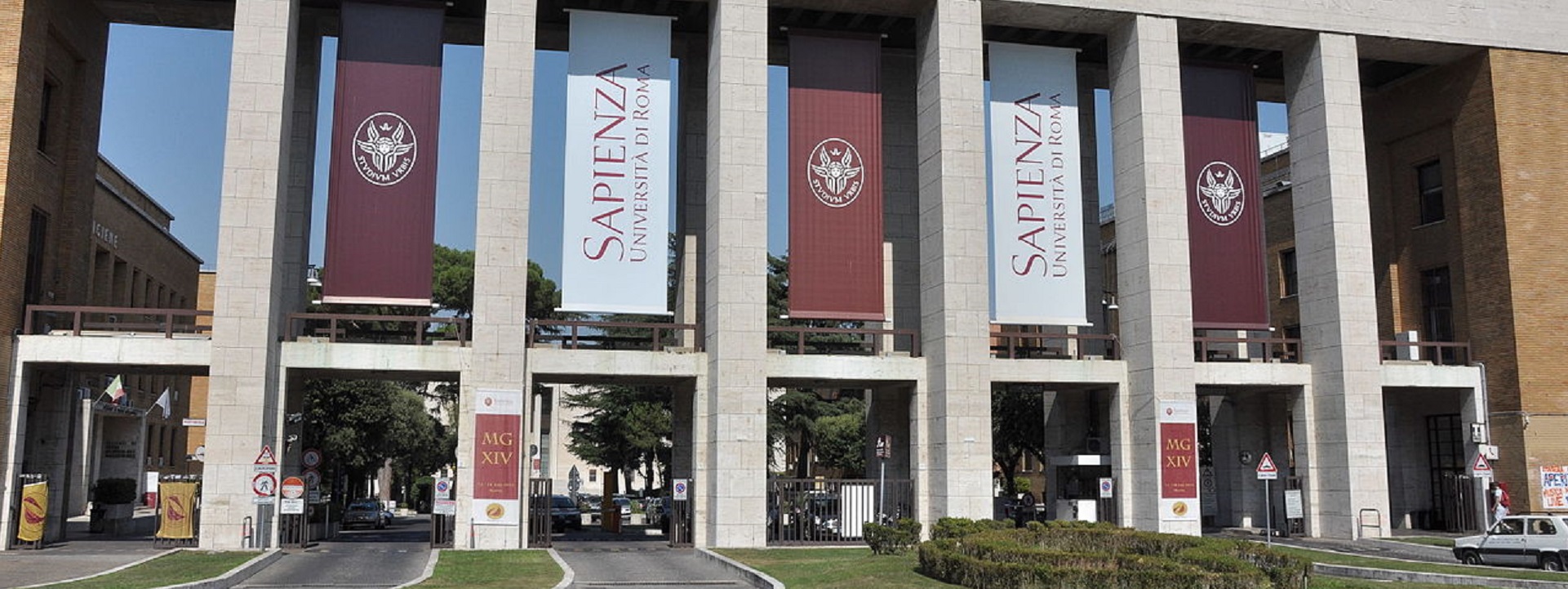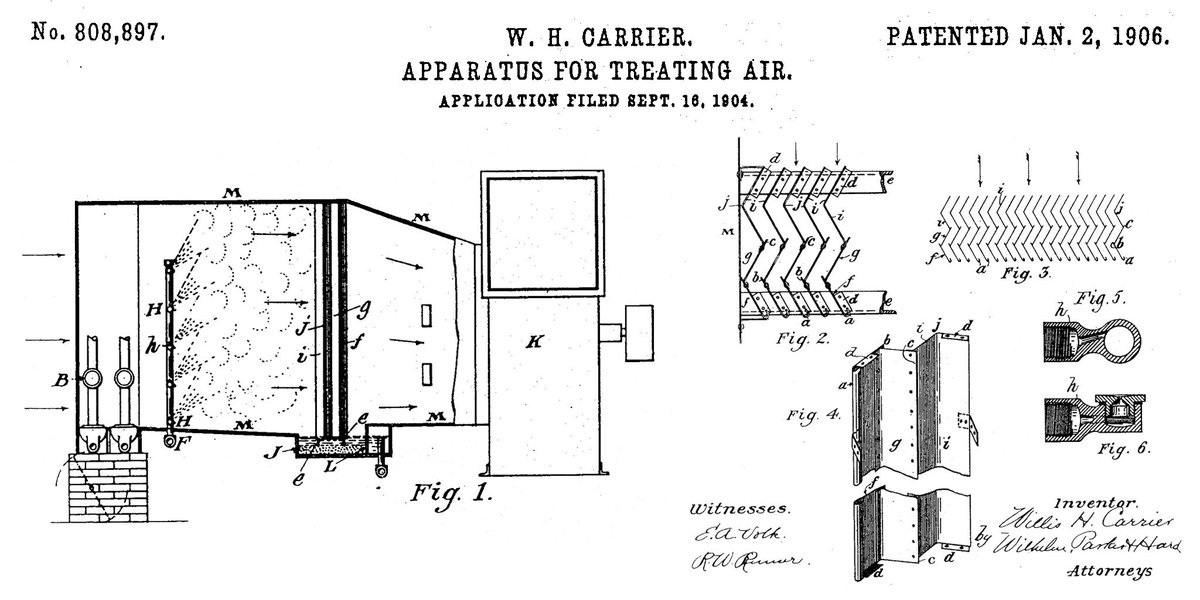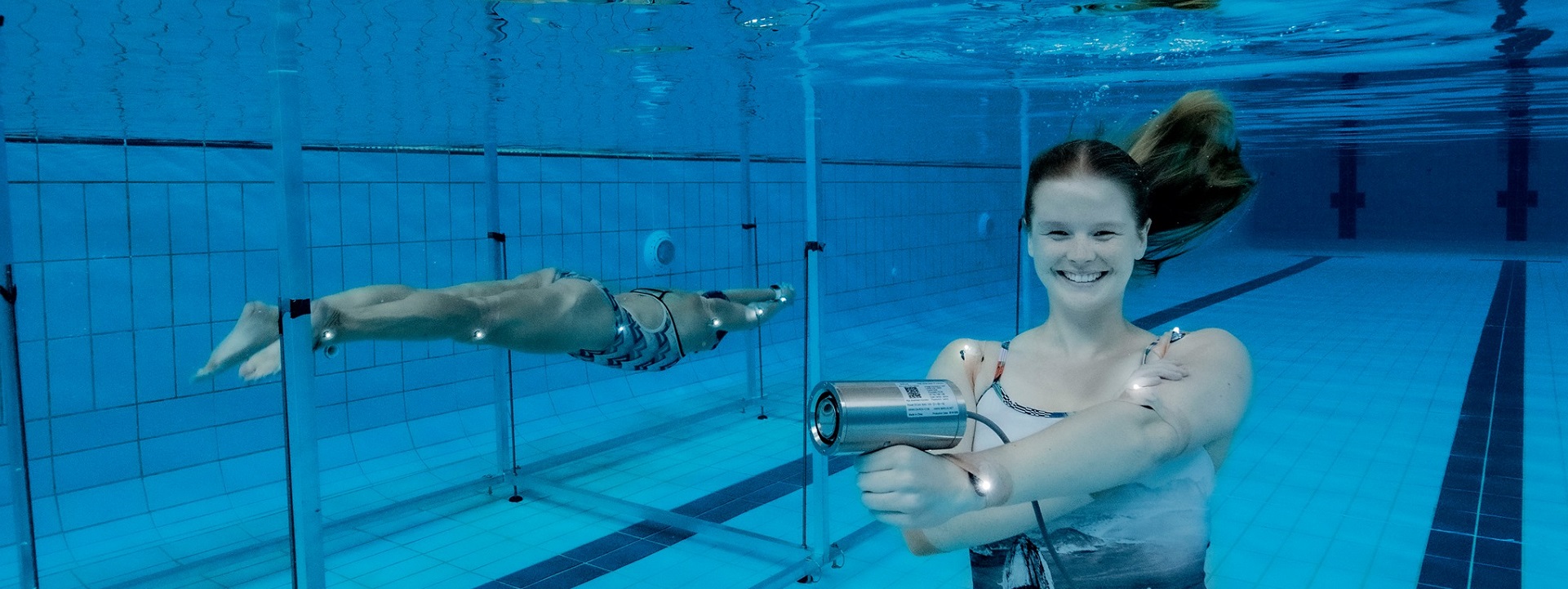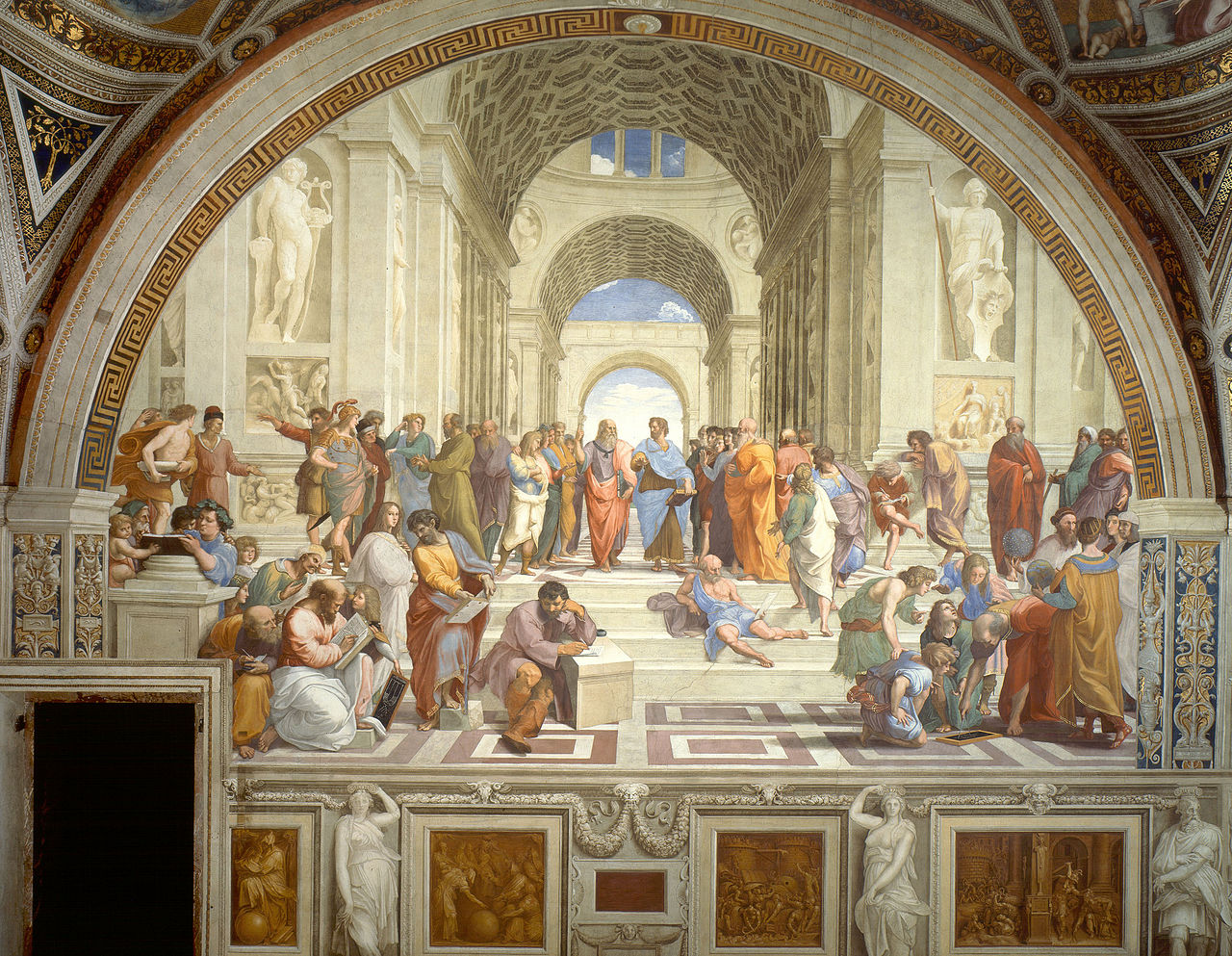Purpose-Built Student Accommodation
- Home Page 197

Topology of Continuous Availability for LED Lighting Systems
Topology of Continuous Availability for LED Lighting Systems
Giuseppe Parise – Marco Allegri
Luigi Parise
Raffaele Pennacchia – Fabrizio Regoli
Giorgio Vasselli
Abstract: Lighting systems with a big number of luminaires in large halls are a case of distributed loads that need topologies with modularity, whenever possible to ensure a uniform distribution of the supplying circuits, an easier installation, management, and maintenance. The light emitting diode (LED) luminaires give a great impact on the system operation due to their auxiliary series devices and to the high inrush currents of the ac-dc switching power supplies. This article proposes a topology to design LED lighting systems, configured in a modular scheme of a main ac distribution and a branch dc distribution supplying luminaires clusters. Each cluster is provided as a “double-dual corded” equipment with double power supply and double control type, digital, and analogic. The suggested topology aims to make available a system that allows overcoming fault situations by design and permits maintenance activities limiting and recovering degradation conditions. In this way, the lighting system of special locations, for which there is the willingness-to-accept greater financial costs against loss service risks, can satisfy the requirement of continuous availability system. To provide more details on the proposed design criteria this article describes, as case study, the lighting system of a parliamentary hall with one thousands of luminaires.
CLICK HERE to order complete paper
https://t.co/NumxiedKbR
print(“Illumination”)@beatricedegraaf @UniofOxford pic.twitter.com/DBIvns5k4K— Standards Michigan (@StandardsMich) February 17, 2022
Occupant-Based HVAC Thermal Setpoints
Occupant-based HVAC Set Point Interventions for Energy Savings in Buildings
Abstract: Energy savings and occupant thermal comfort are the two most important factors in controlling heating ventilation and air conditioning (HVAC) operation in buildings. Typically, it is found that thermal comfort is not always met in buildings. Hence, there is still an opportunity to improve indoor thermal comfort, and at the same time save energy by controlling HVAC set points. The objective of this paper is to propose a method to obtain energy savings by adjusting HVAC set points based on occupant comfort measured using Predicted Mean Vote (PMV) and occupancy information. The idea is to calculate hourly PMV values based on real-time occupancy information, indoor temperature set points and humidity in a building. Then, a new set of temperature set points that can maintain occupant comfort, i.e., PMV = 0, is derived. To evaluate the effectiveness of the proposed method, a building model is developed in eQUEST using the information from a real-world building located in Alexandria, VA. Research findings indicate that HVAC electrical consumption savings of 14.58% is achieved when the proposed set point adjustment method is implemented as compared to that of the base case. To study the impact of adding occupancy information on HVAC energy savings, another scenario is simulated where HVAC set point is increased when the building is unoccupied, e.g., during lunchtime or holidays. Research findings indicate that additional HVAC electrical consumption savings of 8.79% is achieved when taking into account occupancy information in HVAC control.
“The Fruits of Citizenship: African Americans, Military Service, and the Cause of Cuba Libre”
This content is accessible to paid subscribers. To view it please enter your password below or send mike@standardsmichigan.com a request for subscription details.
The Year Ahead: 2024
“Chance favors the prepared mind.”
— Louis Pasteur
Welcome. Join us January 2, 2024 at 16:00 UTC. Topics:
- Colleagues
- Corporate information: Security, Fair-Use, Copyright
- Educational Mission
- 2023 Log of comments
- Results
- 2024 Priority catalogs and titles:
–
NFPA 70 2026 National Electrical Code
NFPA 99 2024 Health Care Facilities Code
IEEE C2 2023 National Electrical Safety Code
IEEE 1547 Interconnecting Distributed Resources with Electric Power Systems
2022 IEEE 2800 Standard for Interconnection and Interoperability of Inverter Based Resources Interconnecting with Associated Transmission Electric Power Systems
IEEE 3001.9 Recommended Practice for Industrial Lighting Systems
International Code Council, ASHRAE International, ASME and ASCE catalog titles
(This page to be re-formatted into a separate document)
- Publications and citations
- Status of roll-out to 49 other US states
- Recommendations to Producers and Conformance organizations
- Website and Social Media adjustments and upgrades
- Preference for content, content speed over page and post formatting.
Use the login credentials at the upper right of our home page.
As apologists for active involvement in the US standards system we owe no blind allegiance any educational settlement or the domain occupied by vertical incumbers; rather, we mean that we are actively engaged in providing explanations, justifications for maintaining them as centers of civilization.
Watersport Time Standards
“Indianapolis hosted the Trials in 1924 when that Olympic team swam in Paris. One hundred years later, Trials are back in Indy as a team is selected for the Paris 2024 Olympic Games. The nation’s fastest swimmers will take to the water at Lucas Oil Stadium – the first time a pool will be built in an NFL Stadium.” — USA Swimming
Big Ten Trials start at the University of Michigan February 15
NCAA D1 Men’s Swimming & Diving National Championships March 22-25 University of Minnesota
Fintech 600
Educational settlements, particularly large colleges and universities, are among the largest assets owned by a government or, in the case of so-called non-government settlements (– i.e. Notre Dame, Harvard, Grand Canyon University, etc.) by non-profit corporations. The “apartness” of these settlements are distinguished by buildings old and new–often hundreds of them–made a coherent operating whole by substantial infrastructure, usually integrated into a host community.
Today we summarize our findings, our involvement over the year past, leaving time to contemplate where our priorities should lie for the year ahead. Finance generally, is a large domain, and not in our wheelhouse, but to fully understand our own work, we need to sustain sensitivity to money flow. Use the login credentials at the upper right of our home page.
Smart
The term “smart” is often associated with certain technologies, particularly within the context of blockchain and cryptocurrency, because it is used to describe specific features or capabilities that go beyond simple transactions or record-keeping. Let’s explore why the term “smart” appears in these contexts:
- Smart Contracts:
- Definition: Smart contracts are self-executing contracts with the terms of the agreement directly written into code. They automatically enforce and execute the terms of a contract when predefined conditions are met.
- Significance: The term “smart” in smart contracts reflects their ability to automate and streamline contract execution. These contracts are encoded with logic, allowing them to execute without the need for intermediaries, such as legal entities or enforcement agencies. Ethereum, a popular blockchain platform, introduced the concept of smart contracts.
- Smart Transactions:
- Definition: In the context of cryptocurrencies and blockchain, the term “smart transactions” may refer to transactions that involve programmable features or conditions.
- Significance: Smart transactions can include features such as multi-signature authentication, time locks, and conditional payments. These features add sophistication and flexibility to transactions, allowing for more complex and customizable financial arrangements.
- Smart Assets:
- Definition: Smart assets refer to digital or tokenized assets that can represent ownership or rights and have programmable features.
- Significance: These assets can have built-in rules and logic, allowing them to interact with smart contracts and other elements of the blockchain ecosystem. For example, a smart asset on a blockchain may have rules governing how it can be transferred or traded.
- Smart Technology Integration:
- Integration with IoT and AI: In broader contexts, the term “smart” is also used when discussing the integration of blockchain with other emerging technologies such as the Internet of Things (IoT) and Artificial Intelligence (AI). This integration enables more intelligent and automated systems.
The term “smart” emphasizes the programmability, automation, and sophistication that these technologies bring to the table. It signifies the ability to embed logic and conditions into transactions, contracts, and assets, leading to more efficient, secure, and versatile applications on blockchain networks.
Today we review titles in catalogs of best practice literature with claims about a component, system or practice of “smartness” evident in advanced features involving connectivity, automation and adaptation. We limit our exploration to the catalogs of the accredited standards developers listed below:
American Society of Civil Engineers
American Society of Mechanical Engineers
ASHRAE International
ASTM International
Institute of Electrical and Electronic Engineers
International Electrotechnical Commission
International Standardization Association
National Fire Protection Association
Underwriters Laboratories
Let’s explore why the term “smart” appears in these contexts; keeping in mind that today’s time will not be spent on artificial intelligence “standards”; if they exist at all. That domain is far from stabilized. Use the login credentials at the upper right of our home page.
Smart Contracts in Blockchain Technology
An Overview of Smart Contract and Use Cases in Blockchain Technology
Abstract. In the last decade blockchain technology become mainstream research topic because of its decentralized, peer to peer transaction, distributed consensus, and anonymity properties. The blockchain technology overshadows regulatory problem and technical challenges. A smart contract is a set of programs which are self-verifying, self-executing and tamper resistant. Smart contract with the integration of blockchain technology capable of doing a task in real time with low cost and provide a greater degree of security. This paper firstly, explains the various components and working principle of smart contract. Secondly, identify and analyse the various use cases of smart contract along with the advantage of using smart contract in blockchain application. Lastly, the paper concludes with challenges lie in implementing smart contract the future real-life scenario.
CLICK HERE to order complete paper
New update alert! The 2022 update to the Trademark Assignment Dataset is now available online. Find 1.29 million trademark assignments, involving 2.28 million unique trademark properties issued by the USPTO between March 1952 and January 2023: https://t.co/njrDAbSpwB pic.twitter.com/GkAXrHoQ9T
— USPTO (@uspto) July 13, 2023
Standards Michigan Group, LLC
2723 South State Street | Suite 150
Ann Arbor, MI 48104 USA
888-746-3670





























